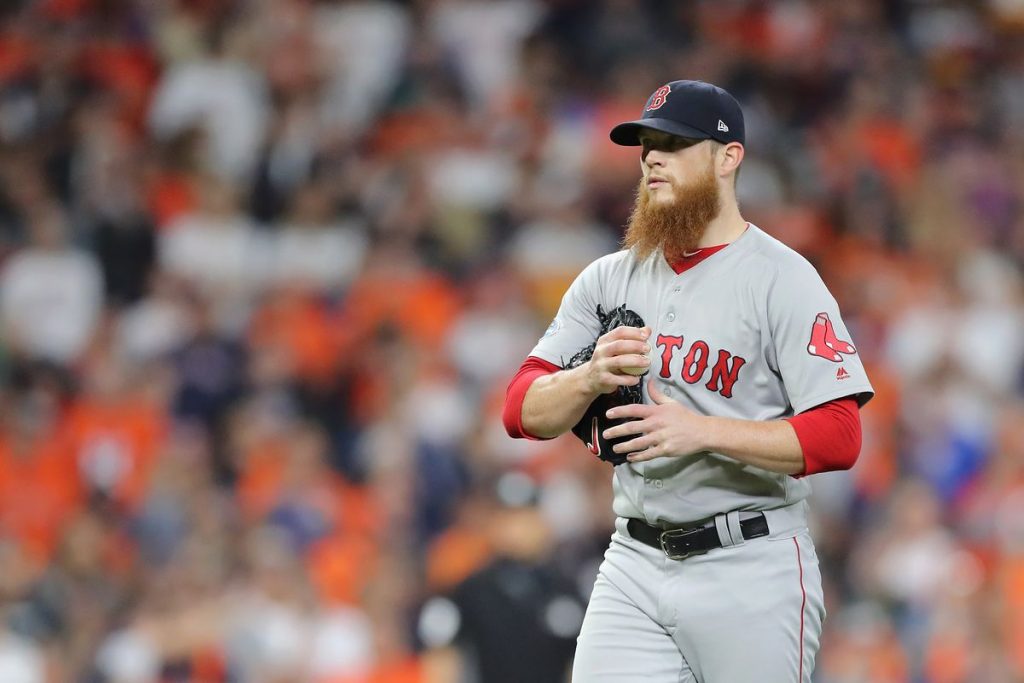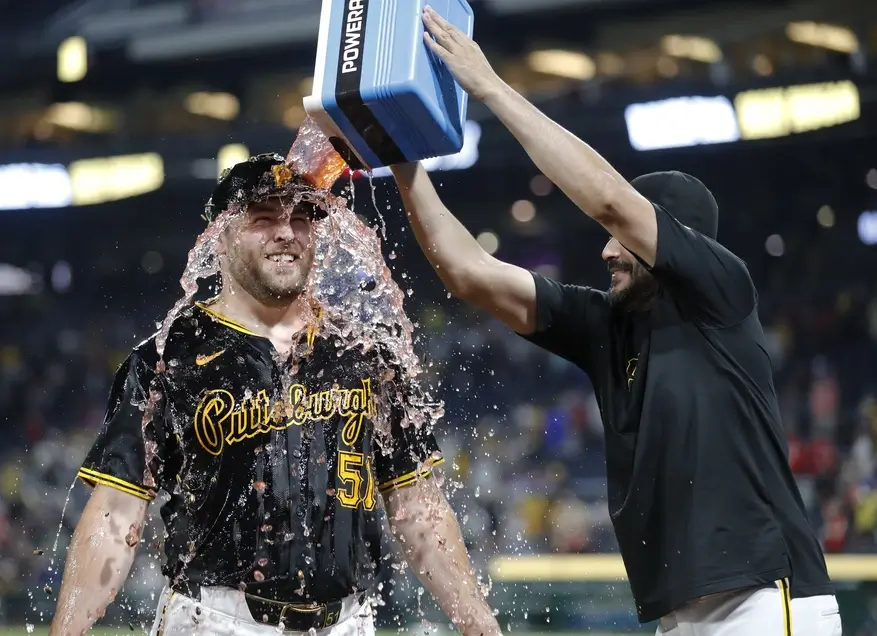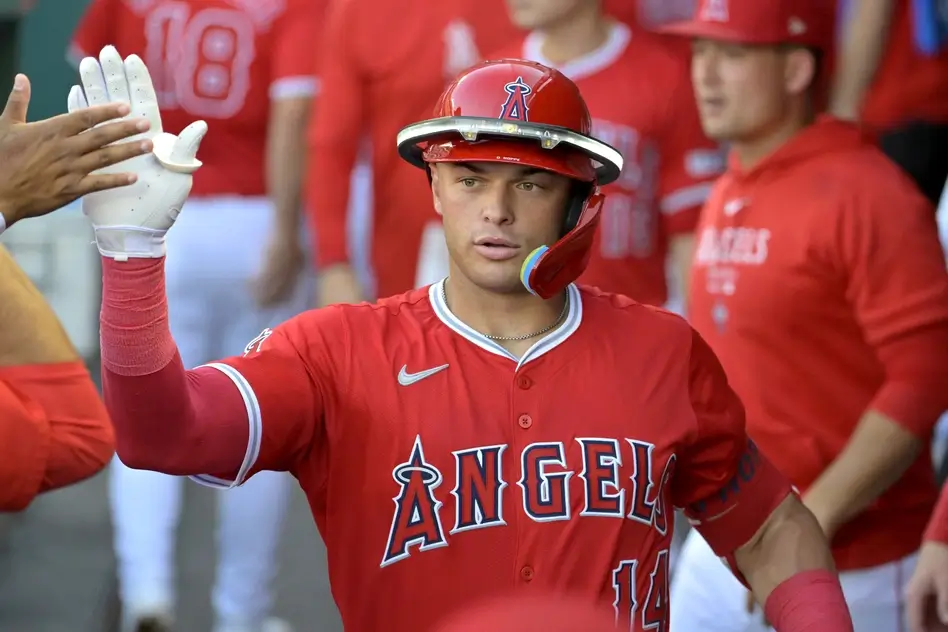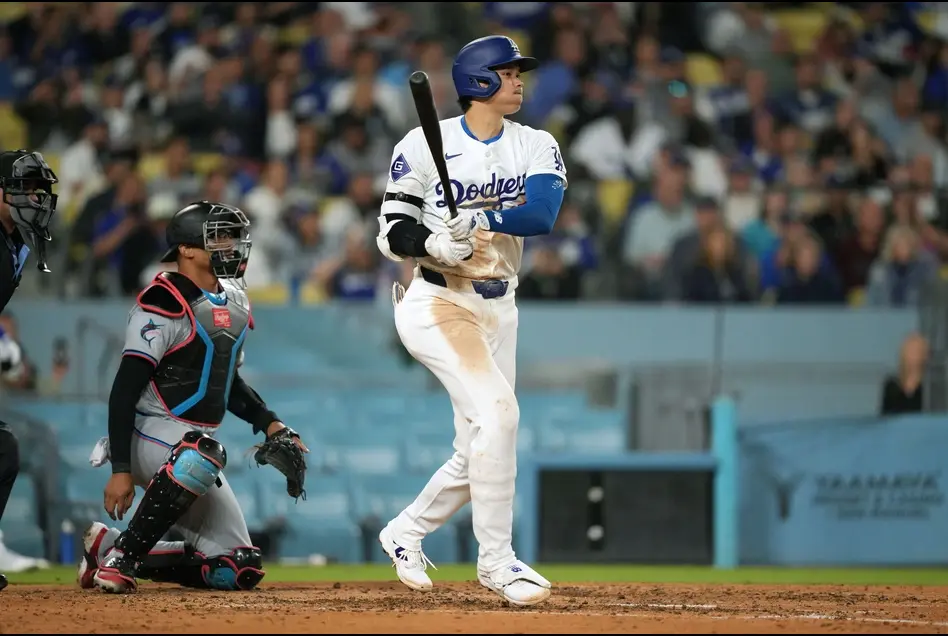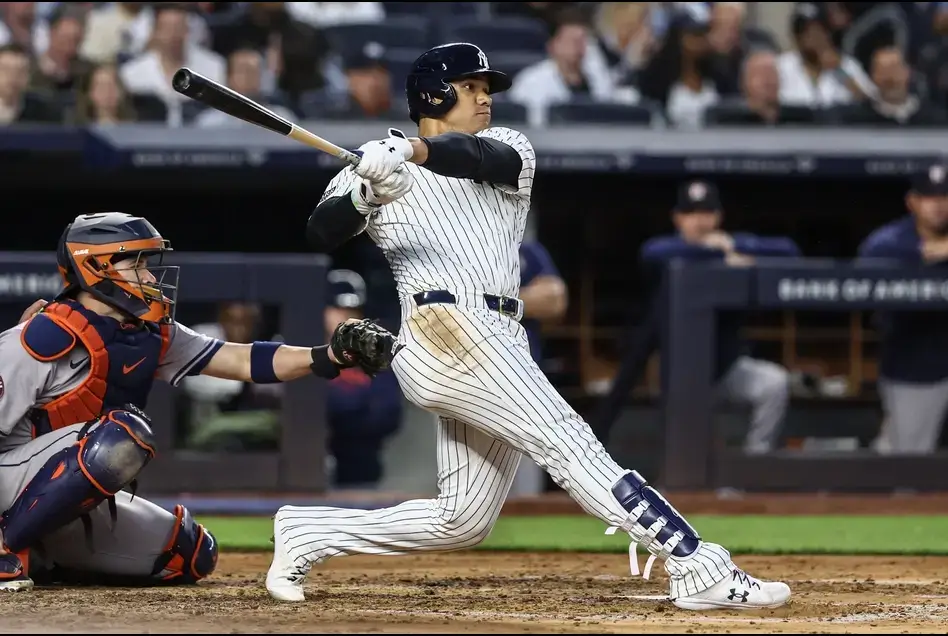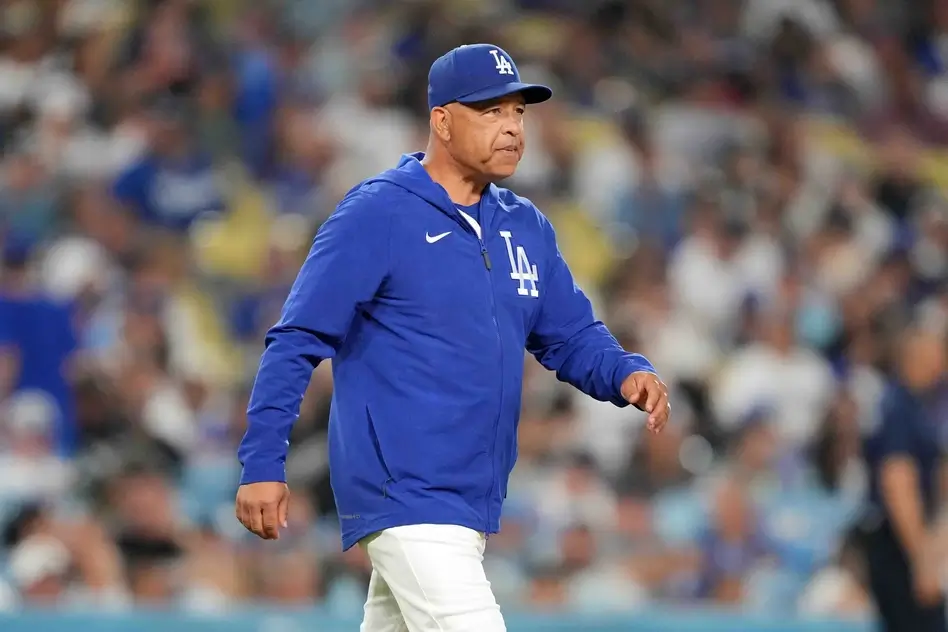Craig Kimbrel is one of the greatest relief pitchers of all time. It is April, regular season baseball is being played, and he is still a free agent.
His demands of six years and $100 million play a significant part in that. Major League Baseball teams are wary of longer contracts, and Kimbrel was not at his best in 2018, posting a career-worst FIP and walking 4.5 batters per nine innings.
After the deals handed out to Mark Melancon, Aroldis Chapman and Kenley Jansen two offseasons ago, Kimbrel will have been eyeing free agency with optimism. Baseball has changed even since then, though, with teams not only cautious of veterans, but the role of elite relievers has altered too.
Kimbrel, Chapman and Jansen have nasty stuff. At their peaks, the game was over if their teams led after the eighth. Getting bat on ball, even to foul it off, was an unenviable task.
During their careers, however, 100mph fastballs paired with a freaky breaking ball have become commonplace. Every franchise has at least one flamethrower with the potential be dominant. They remain elite, but their USP is no longer so unique. Teams have bullpens littered with GIF-worthy arms.
This is a simplification of Kimbrel’s brilliance, of course. It’s not just the velocity on his fastball or break of his curveball, it’s the deception, it’s the location. Hitters, however, are more accustomed to velocity in particular.
Relievers, and this has been a drastic change over the last two or three seasons, are no longer just one-inning guys either. Having a lockdown closer is still desirable, but the truly elite arms are used more flexibly, as firefighters and often for more than three outs.
Andrew Miller in the 2016 postseason was the archetype of the modern reliever. Josh Hader’s multi-inning saves in 2018 powered the Milwaukee Brewers to the postseason. Kimbrel has often been ineffective when asked to get more than three outs.
Teams can find better value. They have exciting arms in the minors and handing a contract of that value to a pitcher with such limitations is not the direction baseball is heading.
The risk of injury plays on the minds of front offices. Decline as Kimbrel heads into his thirties is a natural concern. His role is becoming outdated, and his once generational stuff is less scarce than it was earlier in his career.
If Kimbrel was asking for three years and $50 million, the equation is different for teams. His demands, rightly or wrongly, do not fit with baseball in 2019 in an on-field or financial sense.


